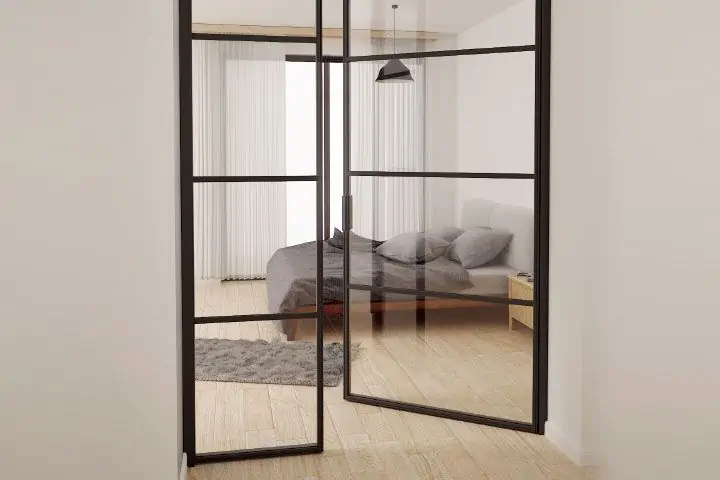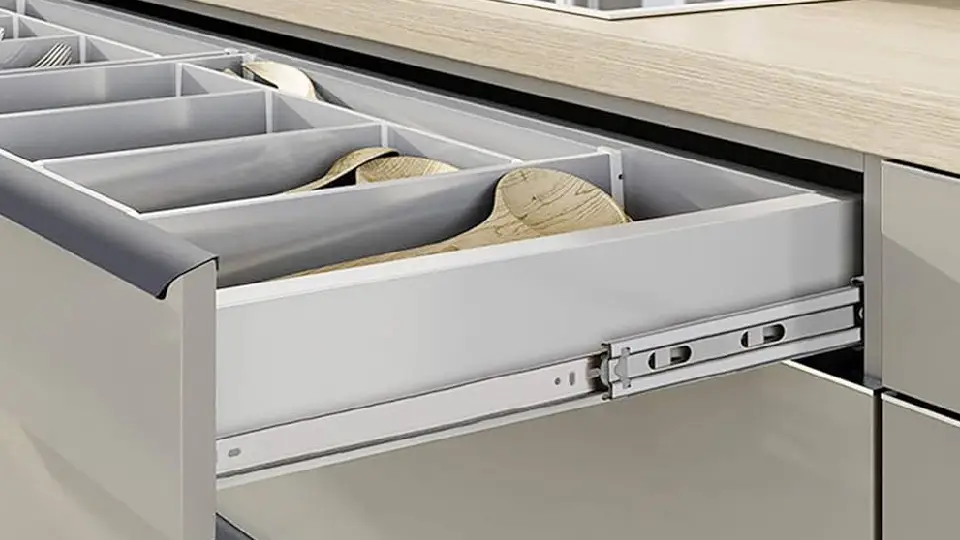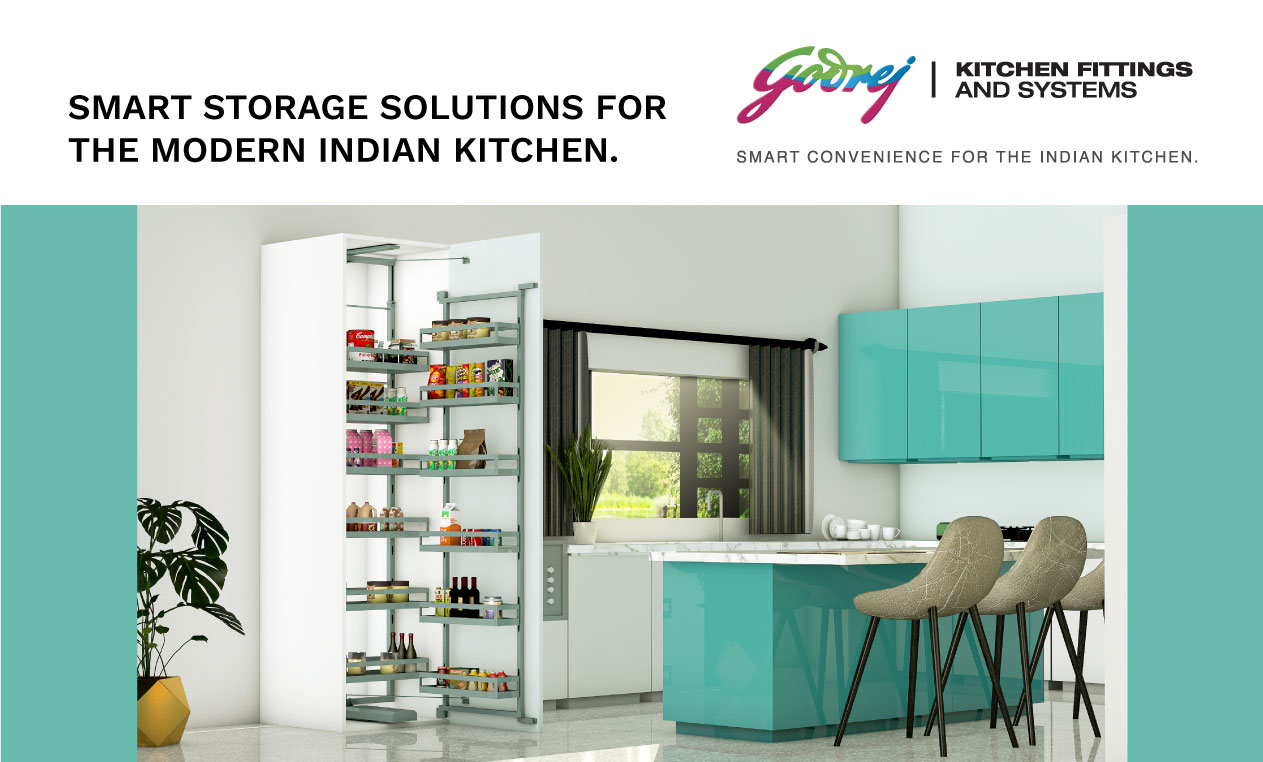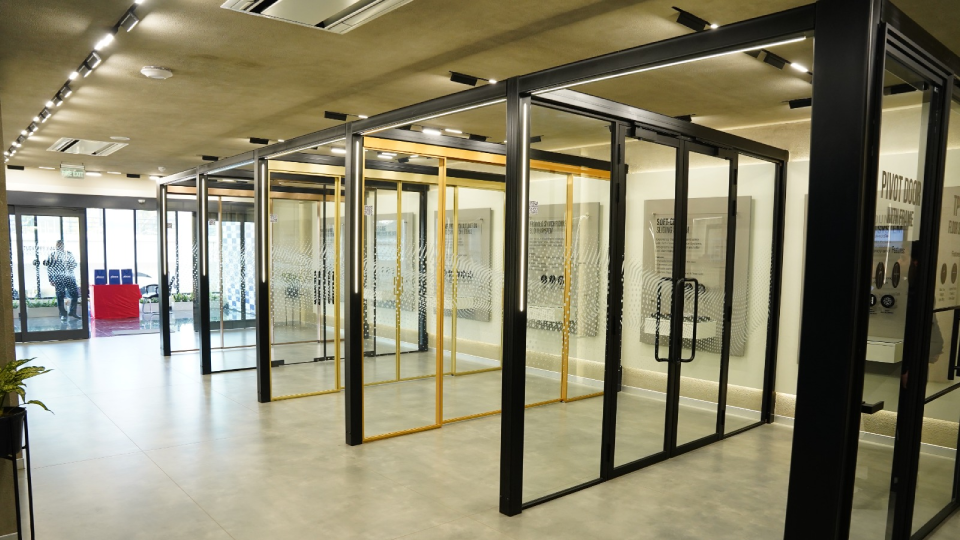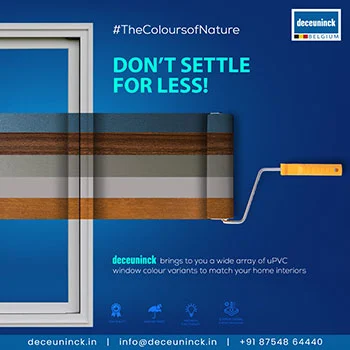Technological advancements have allowed us to utilise the rich resources of our planet for construction and building purposes. Today, we are going to talk about one such material – glass. Glass is a non-crystalline and transparent solid material that is highly versatile. From being used in laboratories to its widespread use in construction, glass is quite popular and well-known. Currently, glass has a wide range of uses and applications such as windows, doors, flooring, interior decor, and partitions depending upon the type of glass being used such as tempered, toughened, tinted, etc.
Although it is a highly functional material, over the years we have manipulated glass to give it an aesthetic appeal as well. Given its versatile nature and widespread application, we have decided to explore it in detail, focusing on its use in building, construction, and interior design. So, explore the article below to understand the different types of glass, their properties, uses, and the top glass brands in India.
Properties of Glass
- Transparency – One of the most basic properties of glass is its transparency. Being transparent, certain types of glasses allow us to see the outside view. However, this transparency can be from one or both sides.
- Strength – Generally, glass is brittle in nature. However, its strength can be tweaked to toughen it by using heat or chemicals. For example, toughened or tempered glass is one of the strongest types of glass.
- Workability – Glass can be moulded or fashioned into any shape. Therefore, it is highly versatile and can be used for building and construction.
- Transmittance – This is a measure of how much light is able to pass through a material without being absorbed or reflected. Glass comes in varying degrees of transmittance. For example, opaque glass can have close to 0 per cent transmittance.
- U value of glass – It represents the level of heat that is transferred through the glass. Again, different types of glass offer different U values. For instance, insulated glass generally offers a lower U value than other types.
- Recyclable – Glass is environmentally friendly because it is 100 per cent reusable.
| Also see: 126+ Glass door designs & types for refreshing interiors (Enquire here) |
13 most common types of glass used in homes
Annealed glass
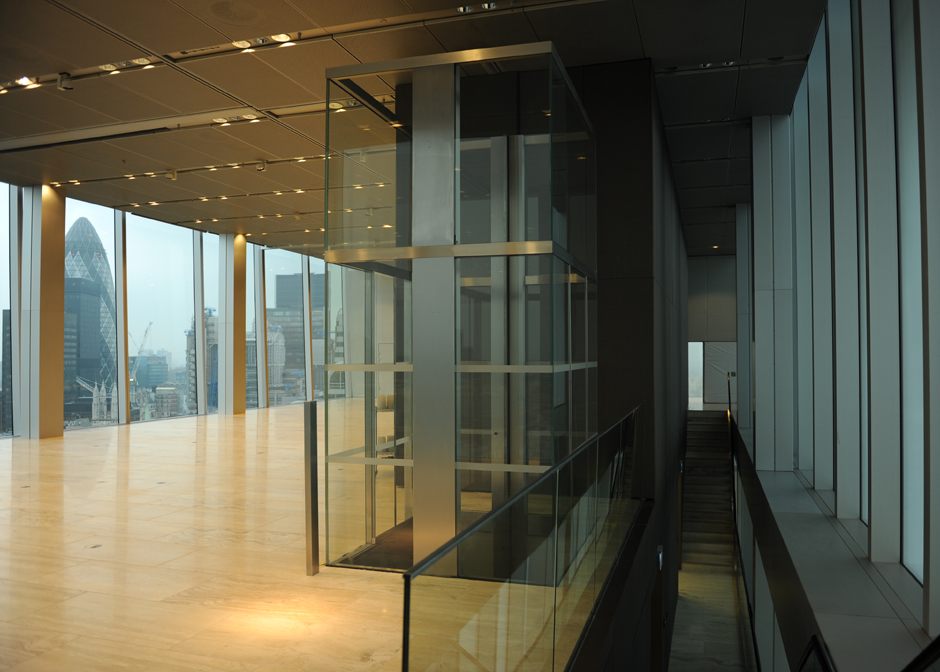
Image Source: diamondsecurityglass.co.uk
Annealed glass is an economical variety of glass which allows around 87% of light to pass through. While it does not offer as much strength as toughened or tempered glass, it is still widely used in interior design. Table tops, showcases, and bathroom windows are some of the most common uses of this type of glass.
Heat-strengthened glass
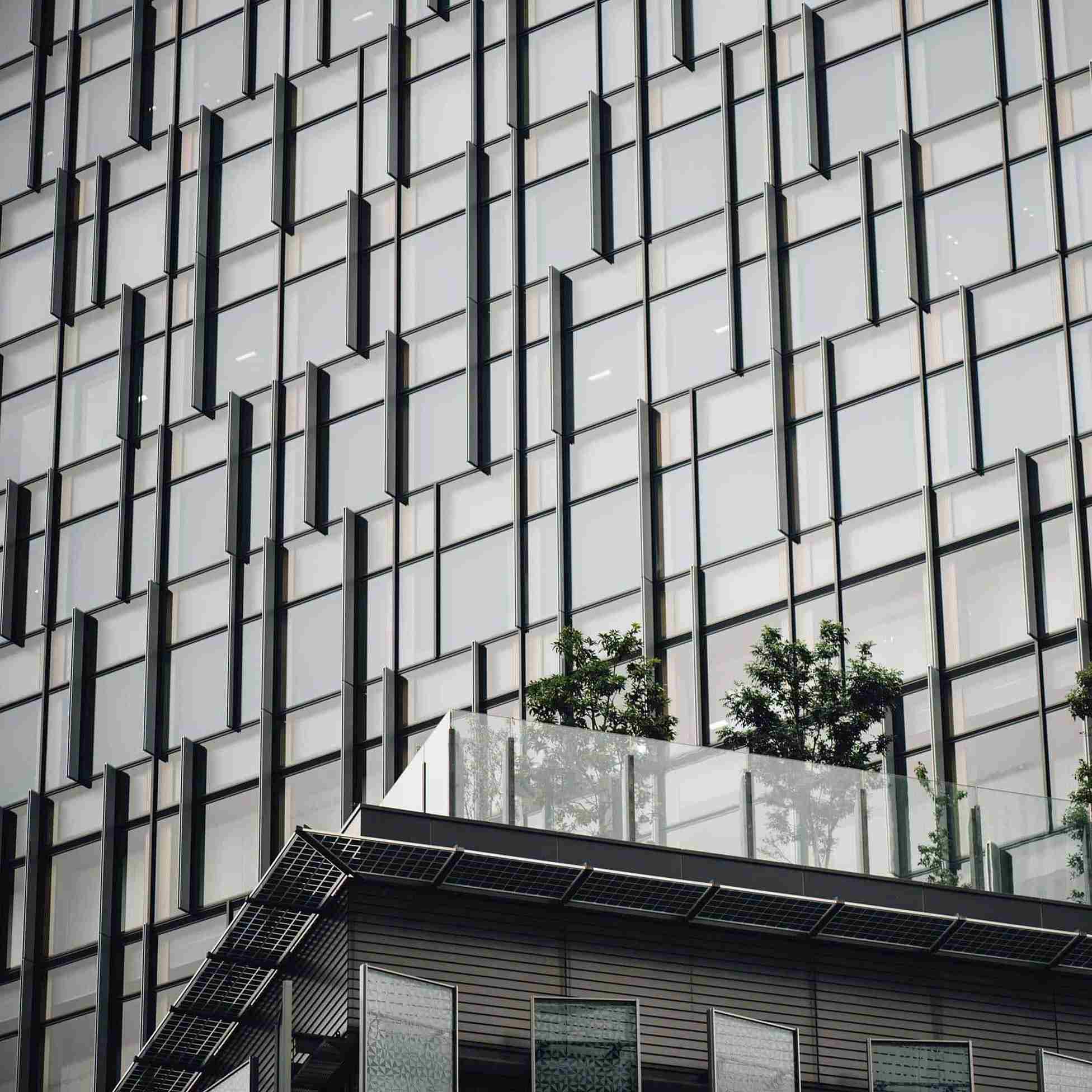
Image Source: elitesafetyglass.com
Heat-strengthened glass is very similar to tempered glass; the only point of difference is that in heat-strengthened glass, the cooling process is slower. Also, this type of glass gives a flatter finish making it ideal for areas where a greater optical quality is necessary such as windows.
| Also see: Hafele’s President glass panel movable walls: A flexible solution for every space |
Toughened glass
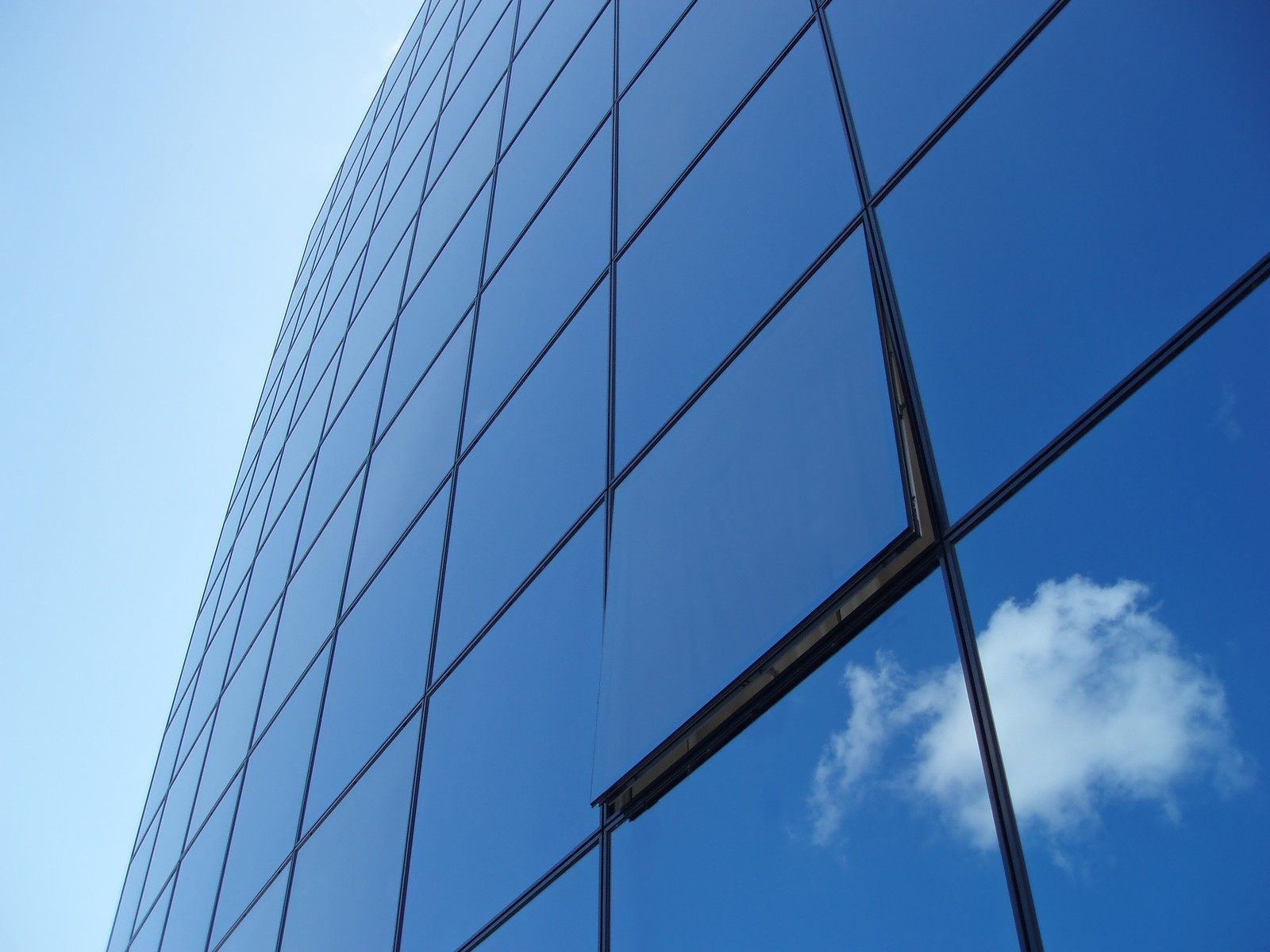
Image Source: alibaba.com
Toughened glass, also known as tempered glass, is chemically or thermally treated to enhance its strength ensuring that it doesn’t fall apart easily. Therefore, this type is used to make glass doors, lifts, windows, and skylights. Since tempered glass is highly durable and sturdy, it is also commonly used for flooring.
Laminated glass
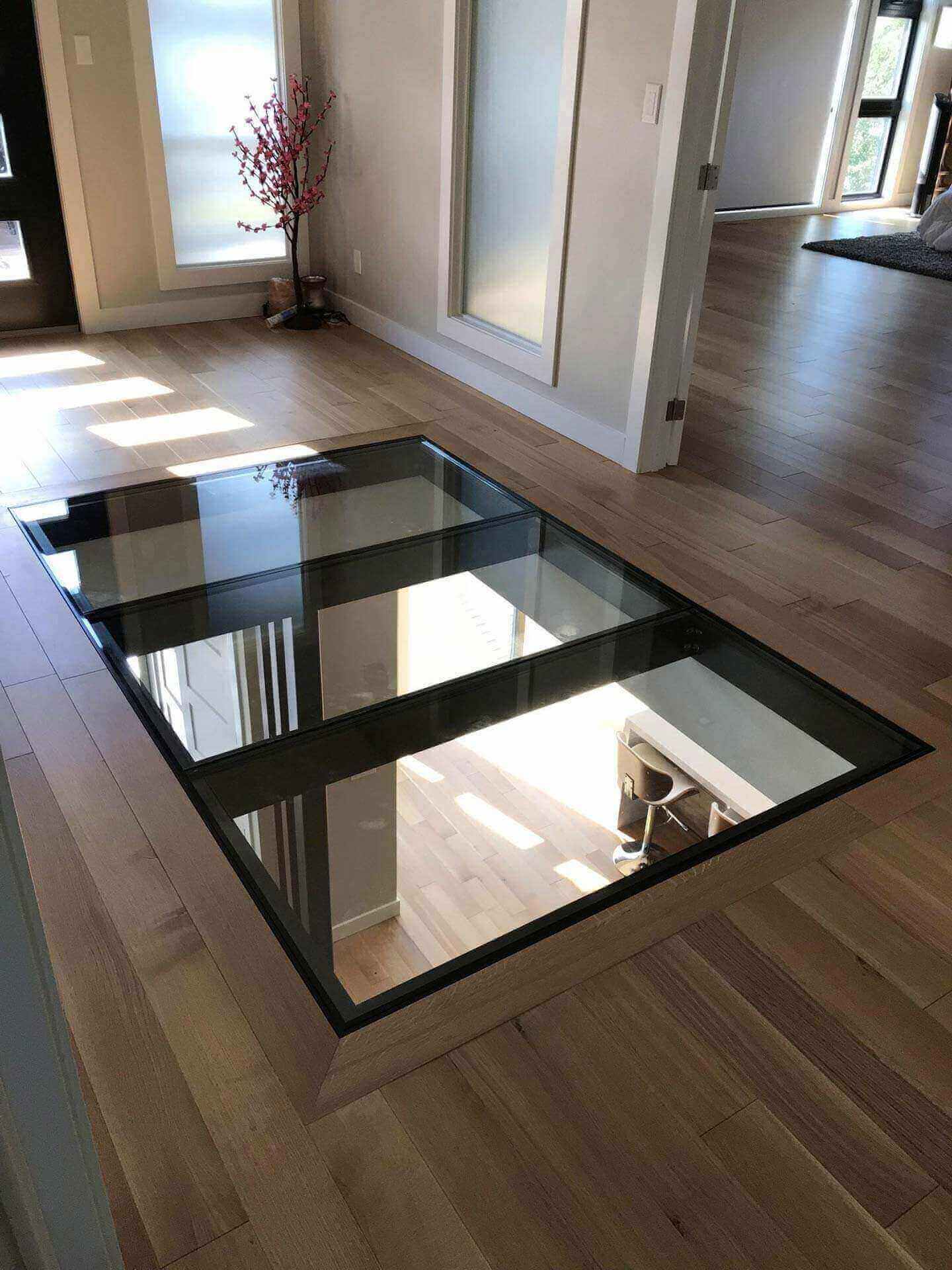
Image Source: glassflooringsystems.com
Laminated glass falls under the category of safety glass because it has the ability to hold itself together when shattered. Apart from being durable, it is also heat and moisture-resistant. Due to these appealing properties, laminated glass is frequently used in flooring. The most common types of laminated glass used for flooring include tempered laminated glass or heat-strengthened laminated glass.
| Also see: 65+ Trendy mirror designs for easy home decor (Shop online!) |
Soda-lime glass
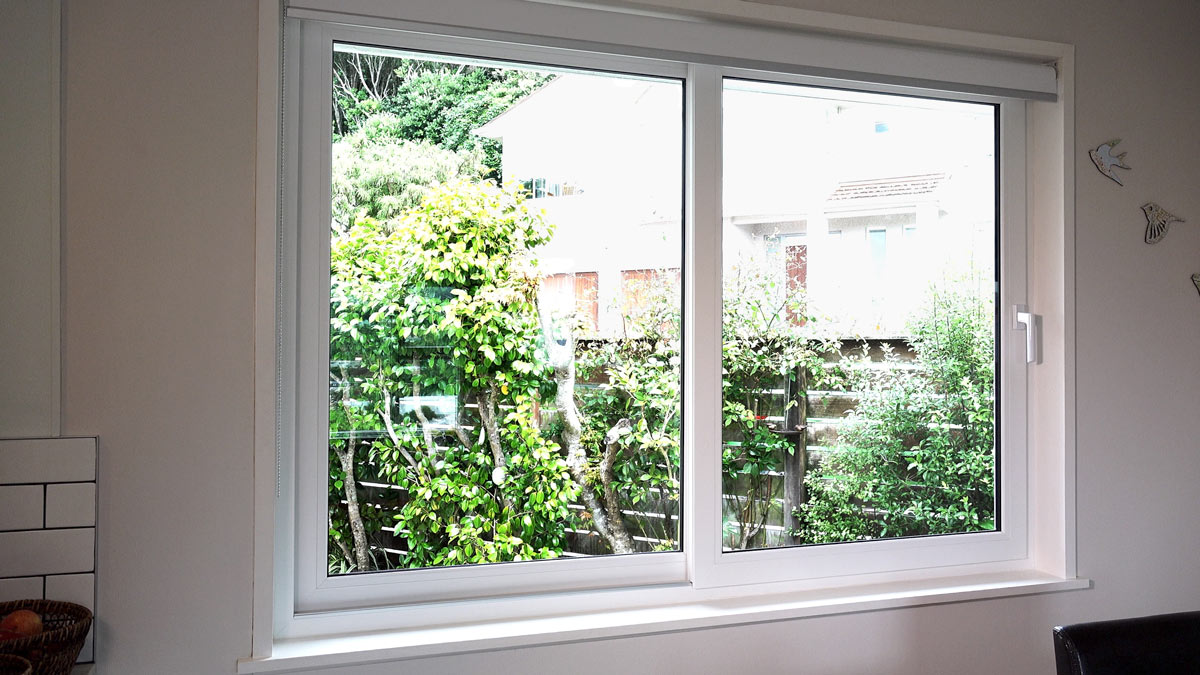
Image Source: ecowindows.nz
This variety accounts for roughly 90 per cent of manufactured glass. The reason behind its popularity is its inexpensive nature, high workability, and chemical stability. Soda lime is the most commonly used type of glass for windows and containers.
Patterned glass
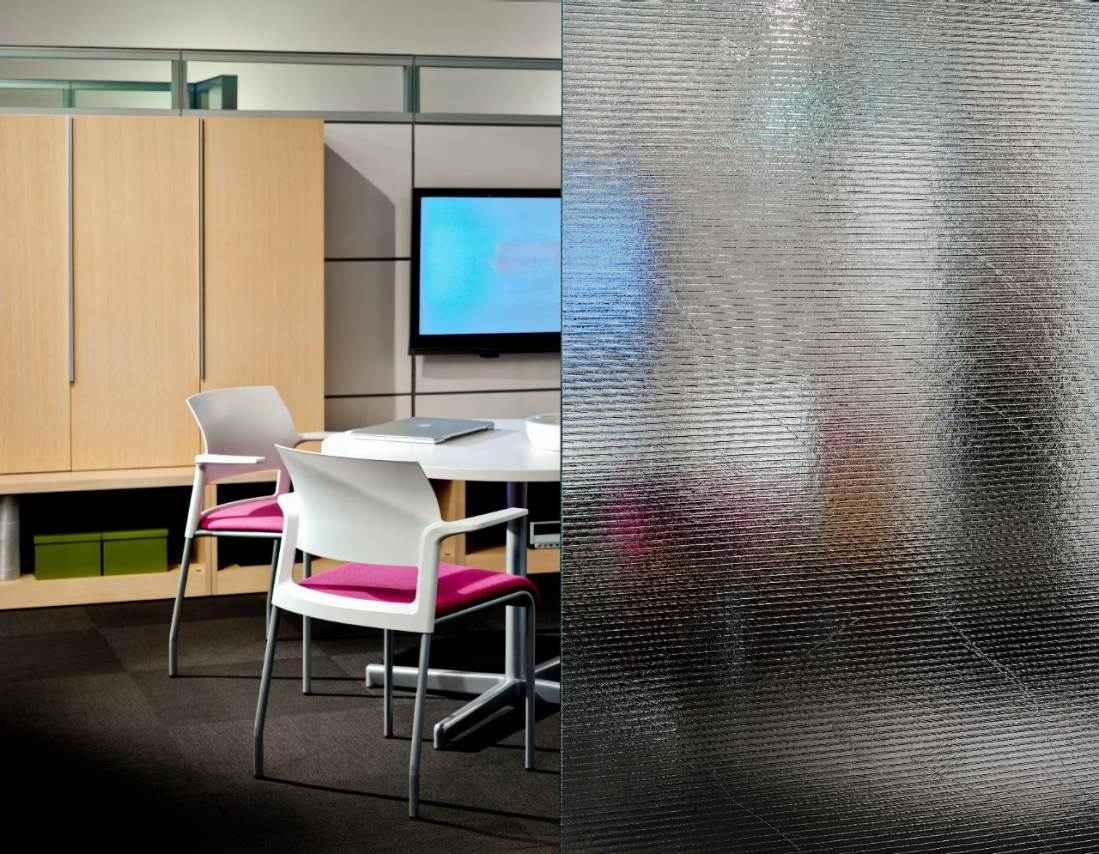
Image Source: guardianglass.com
The textured surface of patterned glass increases its popularity and appeal. Due to this texture or pattern, the glass becomes translucent. Thus, it lets plenty of natural light enter the room while simultaneously maintaining privacy. Therefore, this type of glass is used for windows, partitions, and doors.
Mirrored glass
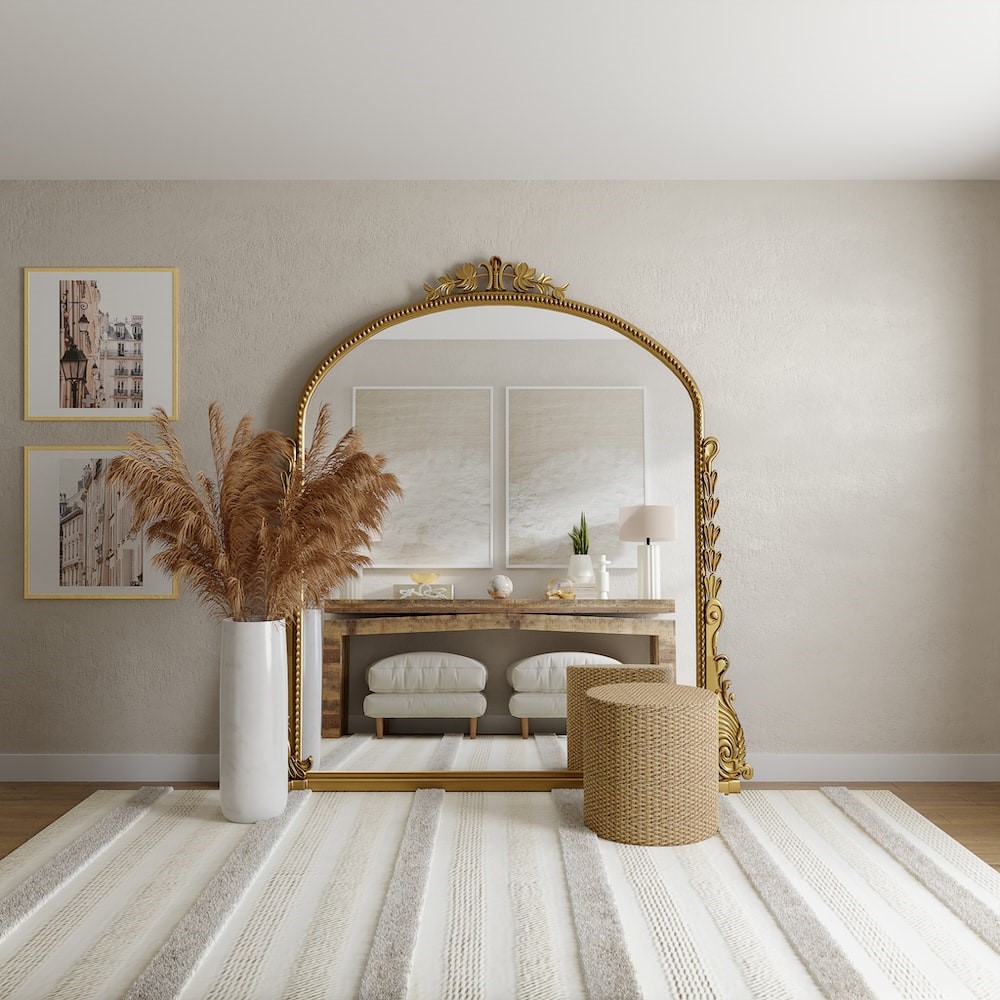
Image Source: unsplash.com
An inherent and distinctive property of mirrored glass is its reflection of light. The glass gets a mirrored look because of a reflective metal coating on its surface. Due to its reflective properties, mirrored glass is commonly used in interior decor. Also, mirrored glass can be a normal mirror or a one-way mirror which allows it to behave like regular glass from one side.
Coated glass
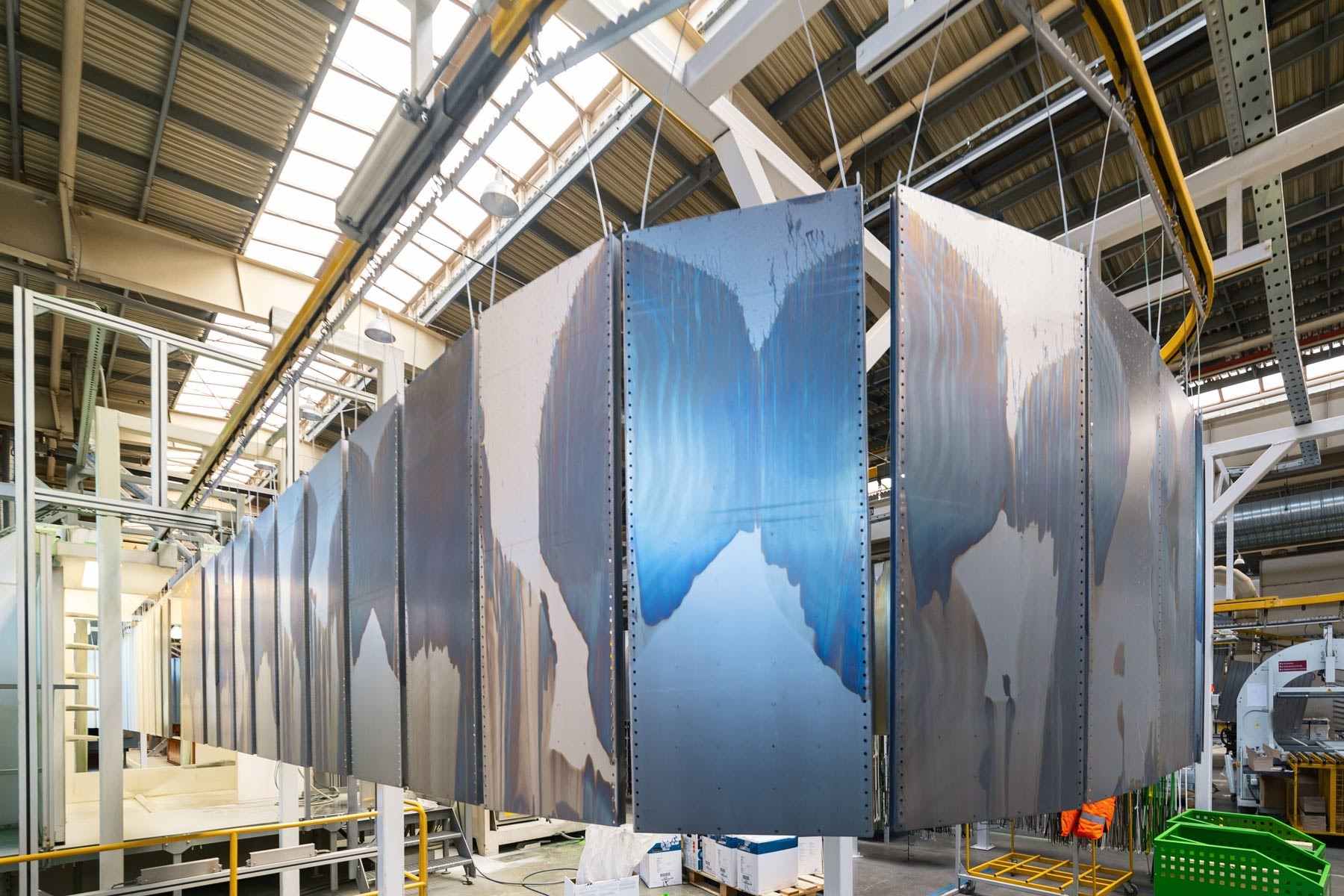
Image Source: cianflone.com
Coated glass is prepared by spraying metal oxides to create a thin coat on its surface. So, depending on the thickness and type of coating, there are different types of coated glass. Different varieties of coated glass have different applications. For example, glass sprayed with an anti-reflective coating is used for telescopes and spectacles because of their ability to reduce reflection.
Tinted glass
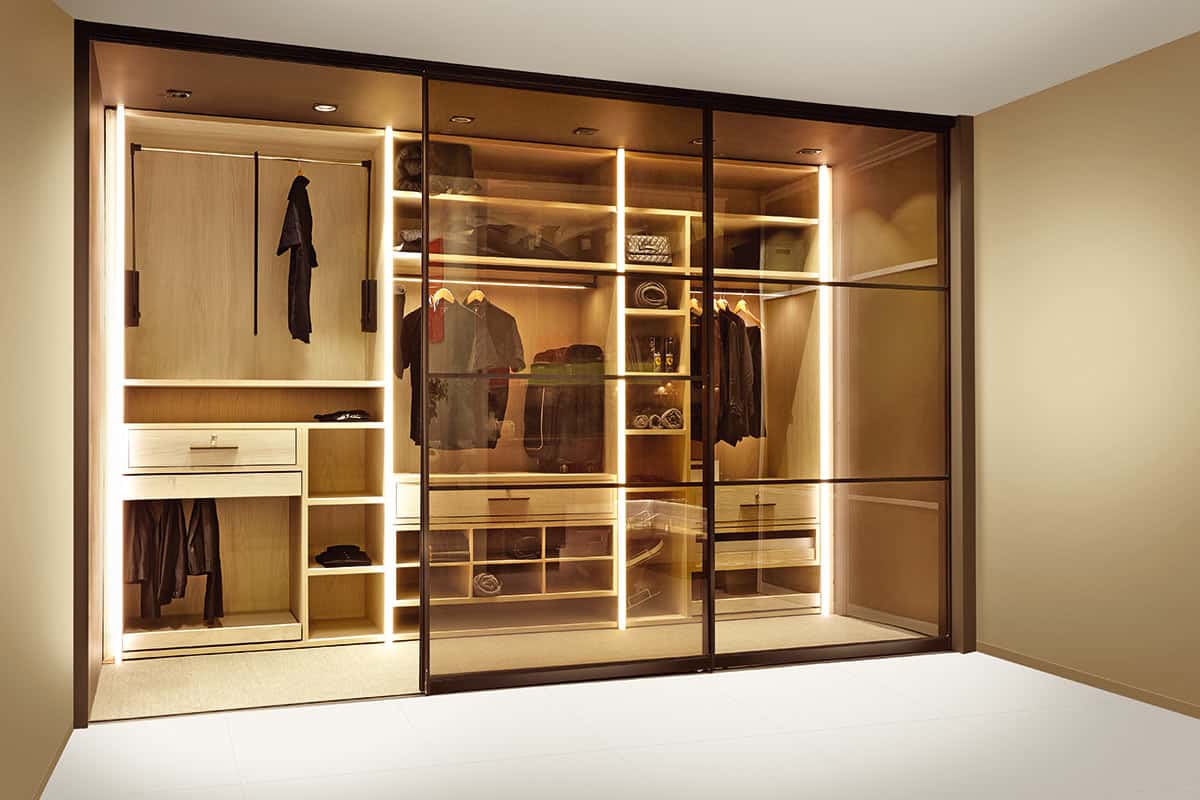
Image Source: bespokedecor.in
Tinted glass gets its tint from a film or material added during the manufacturing process. In this way, the glass gets a tinge of colour which limits the entry of light through it. Since tinted glass provides an enhanced level of privacy, its various types are used in windows and doors.
Sandblasted glass
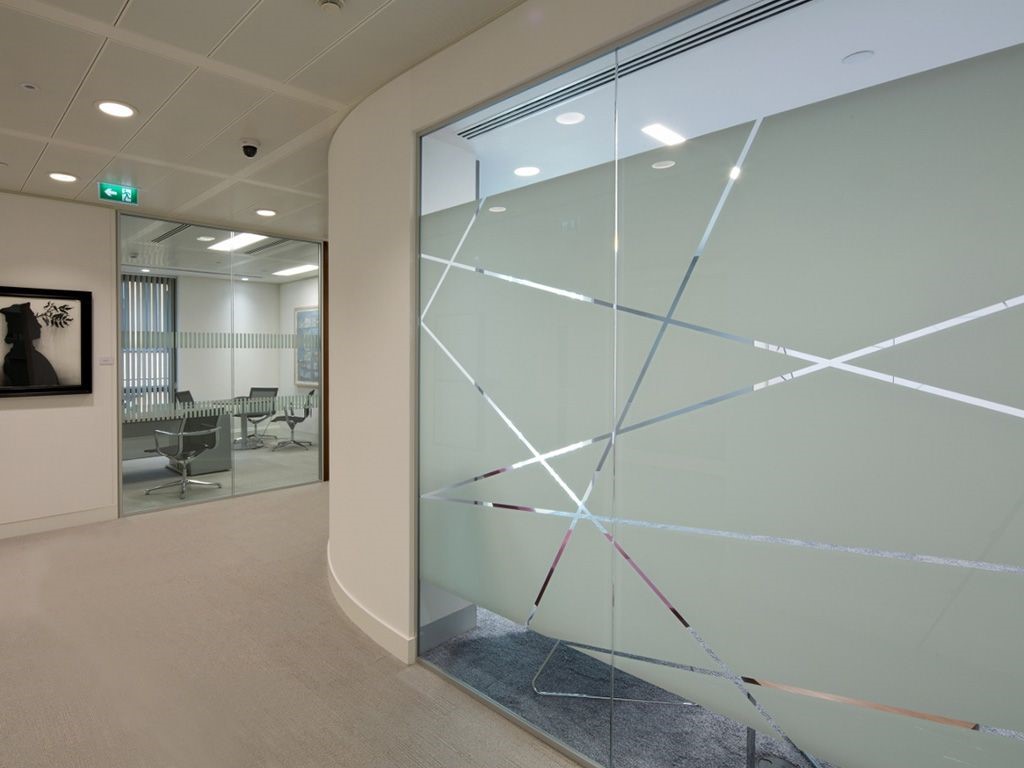
Image Source: customglassandmirrornyc.com
Blasting the glass surface with grit gives the sandblasted glass its foggy and milky white appearance. Therefore, it becomes opaque and is very useful in maintaining privacy while letting plenty of light enter the space.
Acoustic glass
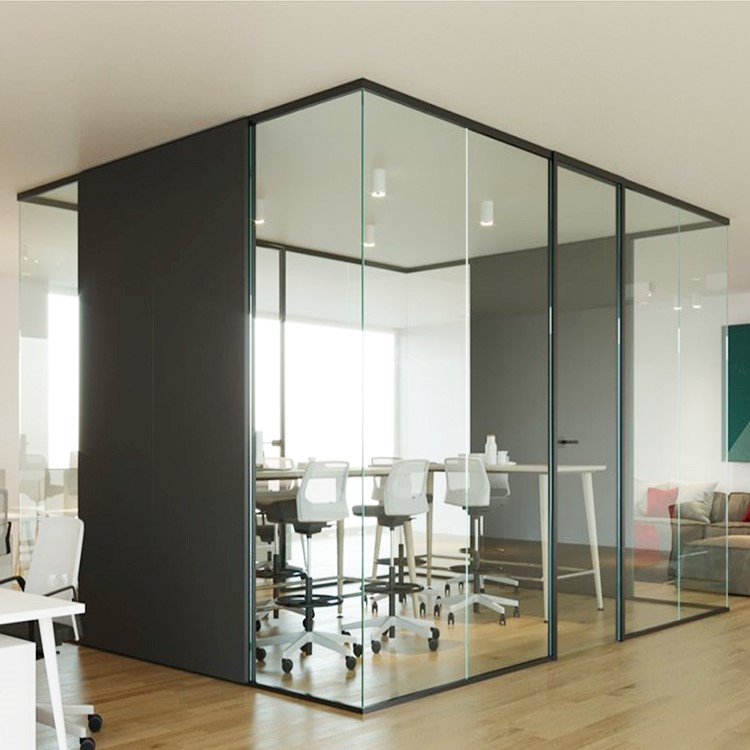
Image Source: alibaba.com
To make an acoustic glass, two pieces of glass are laminated together with a sound-blocking polyvinyl butyral membrane. Therefore, buildings in noisy areas generally use acoustic glass. The manufacturing process also enhances the strength of the glass.
Insulated glass
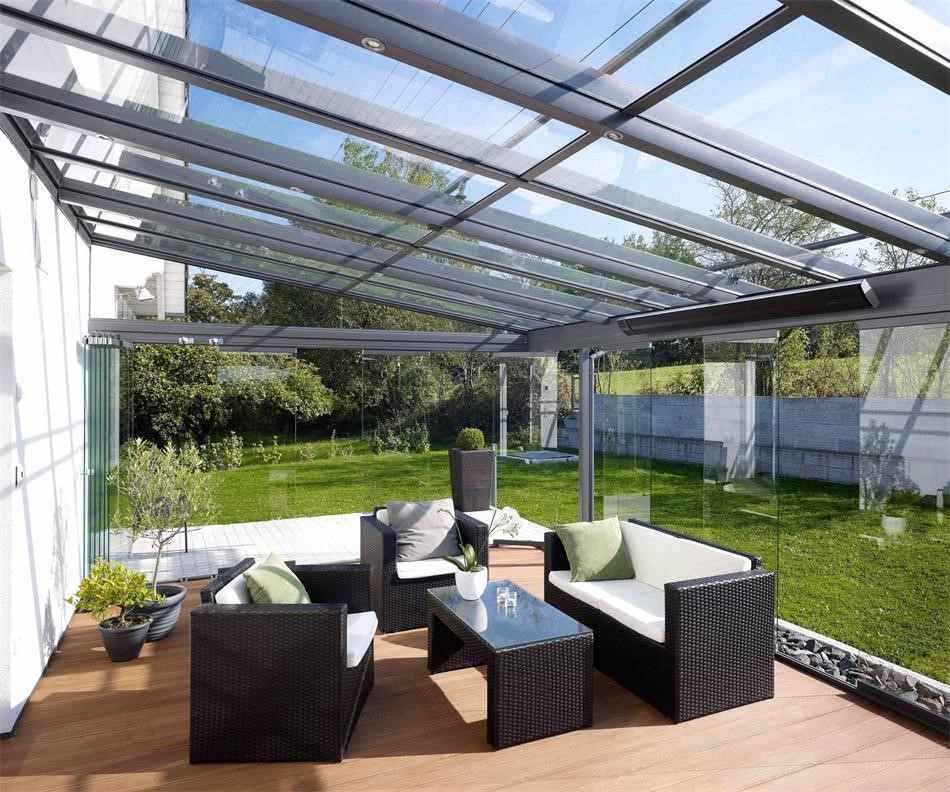
Image Source: mornglass.com
Insulated glass is made by combining two or more glass panes spaced apart and separated by an inert gas. This layer of gas acts as an insulator that diffuses heat thereby preventing heat loss. Common applications of this glass include windows of offices, hospitals, hotels, and residential spaces.
Glass wool
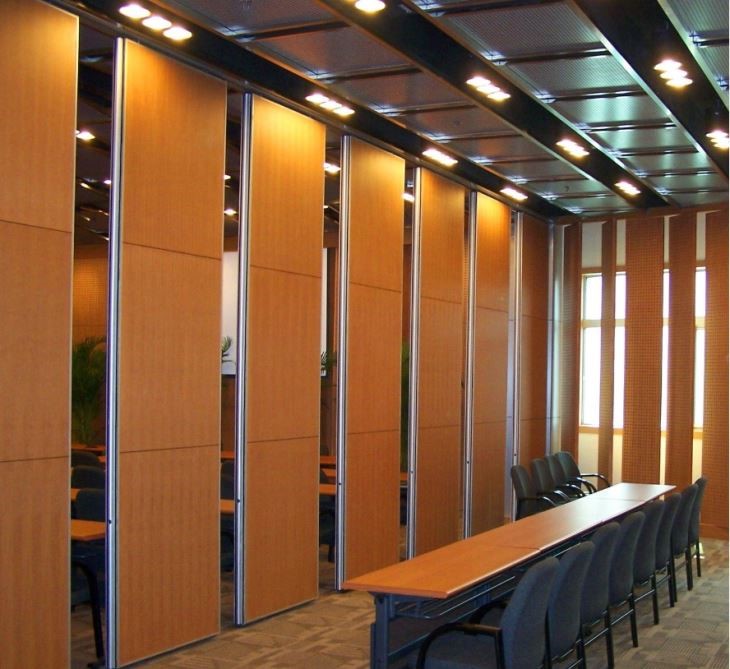
Image Source: egmovablewall.com
Glass wool is an insulating material made out of glass fibres arranged using a binder. This process yields a product that has a similar texture to wool giving it its name. General uses of glass wool include wall partitions in residential, industrial, and commercial buildings.
Top glass brands in India
Asahi India Glass Ltd. (AIS)
Asahi India Glass Ltd. is a leading integrated windows and glass solutions company in India. They dominate the automotive as well as building and construction segments of the Indian market.
FUSO Glass India Pvt. Ltd.
FUSO Glass India Pvt. Ltd. has a rich experience of more than 50 years in the glass processing industry. Therefore, it uses machinery at par with global standards and a solid infrastructure to transform the glass industry.
Saint-Gobain Glass India
Established in the year 1655, Saint-Gobain has over 355 years of experience. They produce glass for every need and space. In addition, they manufacture highly sought-after and versatile products.
Şişecam Flat Glass India
Şişecam partnered with Flat Glass India in 2013 and later acquired a 100% stake in the Indian private company becoming their sole owner. The company has introduced several innovative developments in the flat glass industry.
SCHOTT
SCHOTT Glass India Pvt. Ltd. is a well-known global manufacturer of glass ceramics, standard glass, and other advanced materials. They have special expertise in developing landmark innovations.
Hindusthan National Glass and Industries Ltd.
Market innovation drives the company and ensures that it delivers high quality through a mix of hard work and passion. Their goal is to become established world-class manufacturers of glass.
Triveni Glass
In 1956, Triveni Glass Limited (TGL) released the first technology to produce laminated safety glass for automobiles in India. Later on, the company expanded its reach to manufacture all types of flat glass like tinted, float, toughened, etc.
MODIGUARD®
MODIGUARD® focuses on bringing advanced interior glass solutions to the market that enhance the character and beauty of designs. Furthermore, their products protect from moisture, corrosion, and abrasion.
Conclusion
When it comes to interior design or architecture, we use elements that are robust, aesthetic, or ideally both. There are several kinds of glass that fulfil one or both of these conditions. Glass became an appealing and sought-after material in architecture because of its transparency, workability, strength, and recyclability. Altering the manufacturing process of glass gives a different look or result. For example, glass is generally transparent, but it can be made opaque by sandblasting or frosting it. Similarly, simply adding a tinge of colour makes the glass tinted. Furthermore, chemical treatments can enhance its strength.
That is why the above-mentioned most common types of glass will help you to get a better understanding of what to pick and choose for your next project. These properties will make the selection process much easier for you. So, get started now!
*The featured image used in this article is from Vetroin.co.uk
126+ Glass door designs & types for refreshing interiors (Enquire here)
Doors are the sliding or hinged barriers that separate an entryway from being closed or opened. These entryway barriers are v











